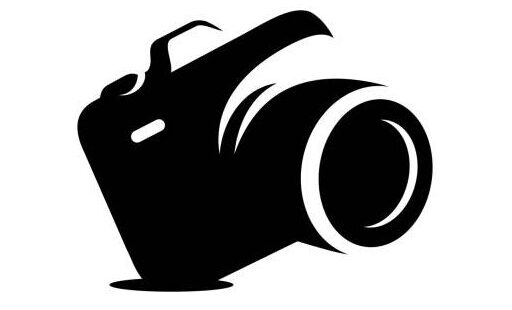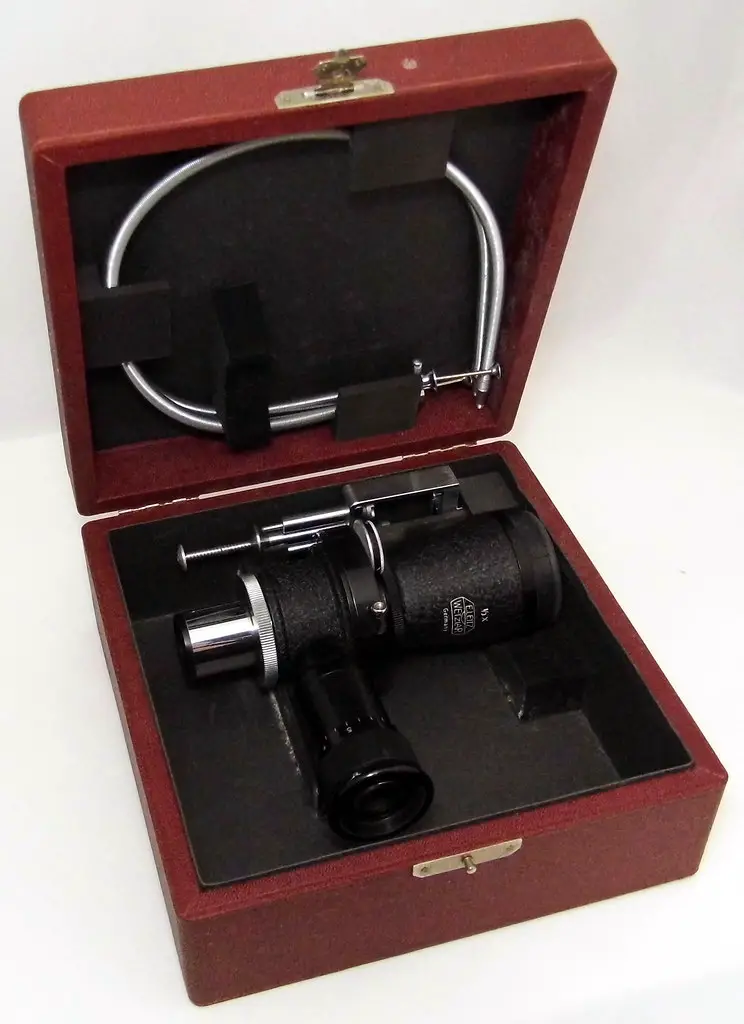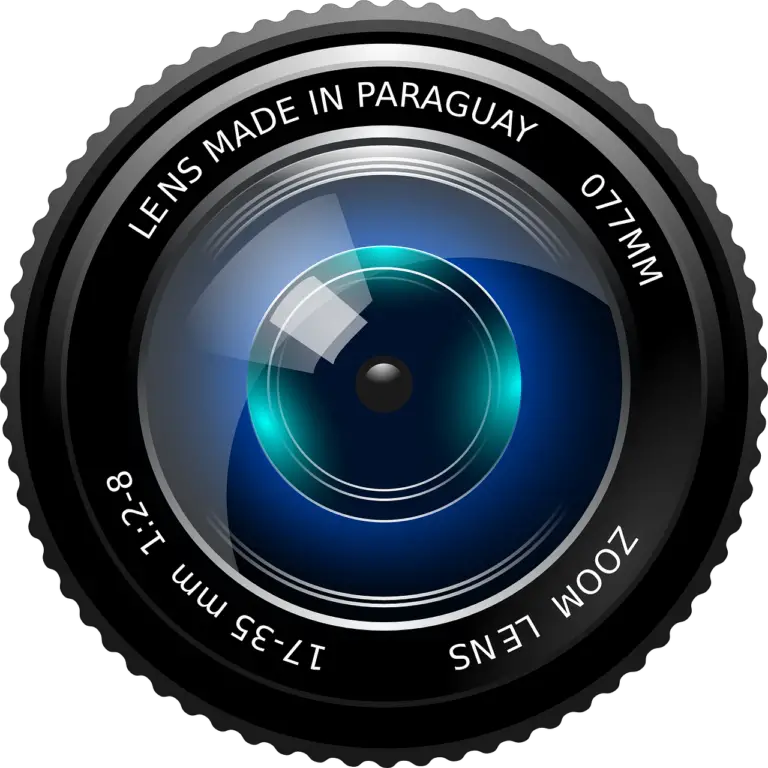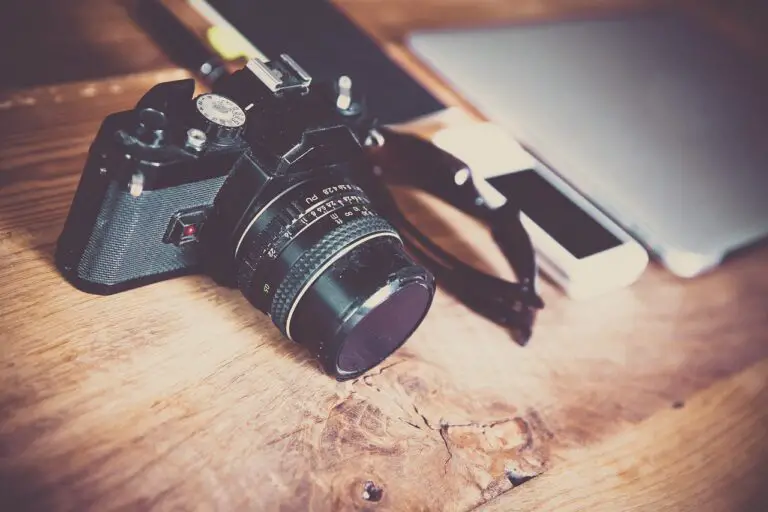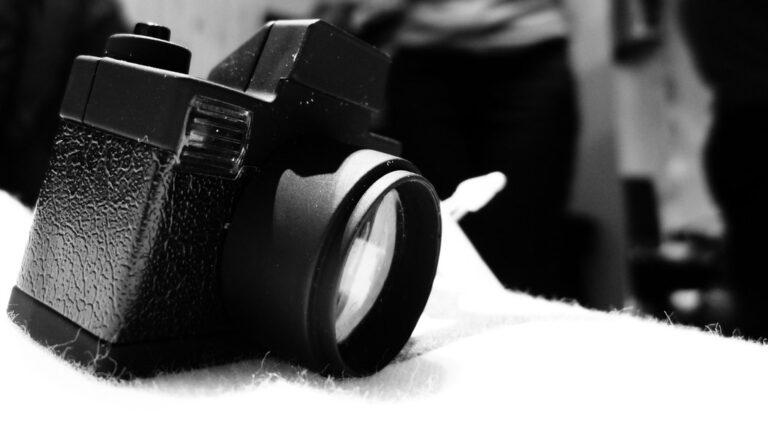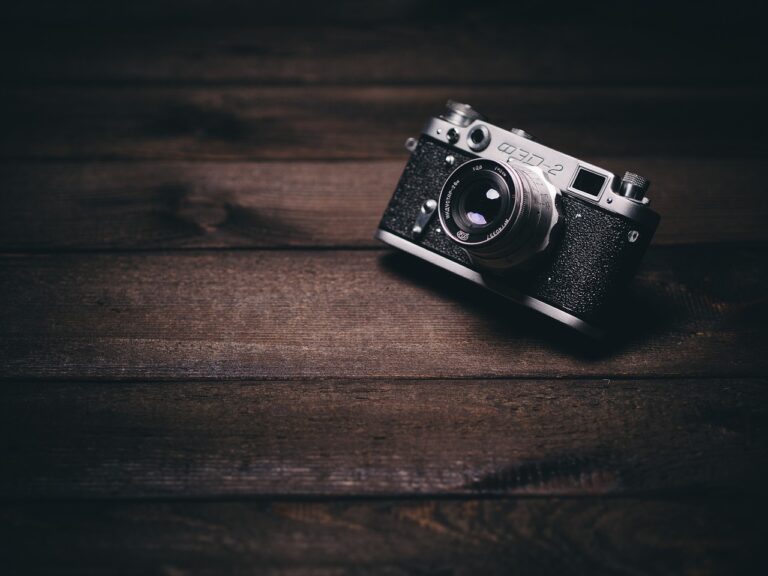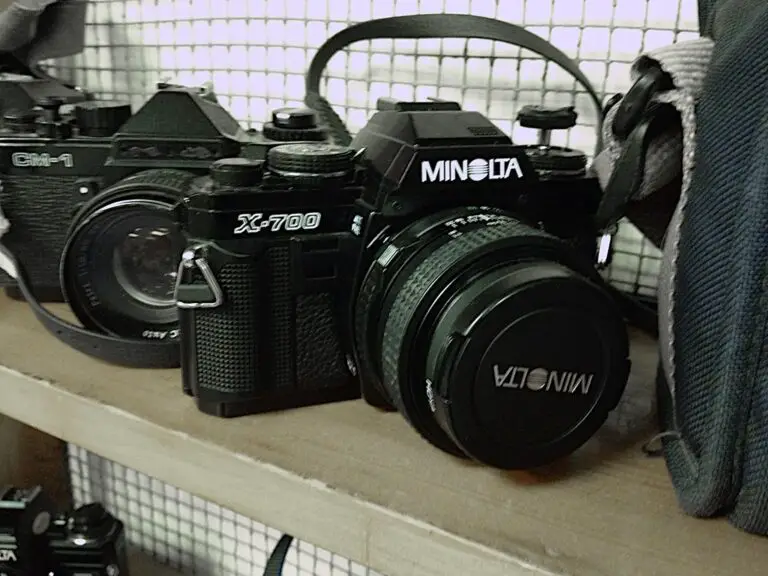The Basics of Focus Stacking in Micro Photography
In the thrilling world of micro photography, the tiniest subjects reveal details that are often invisible to the naked eye. Yet, capturing these minute features poses a technical challenge related to depth of field. Enter focus stacking, a revolutionary technique that allows photographers to merge multiple images, each focused on different areas of the subject, to create a single image with an unparalleled level of sharpness and depth. If you’re eager to learn how to elevate your micro photography, this comprehensive guide is tailor-made for you. Whether you are shooting insects, botanicals, or the minuscule wonders of your immediate environment, mastering focus stacking is a pivotal skill in your photography arsenal.
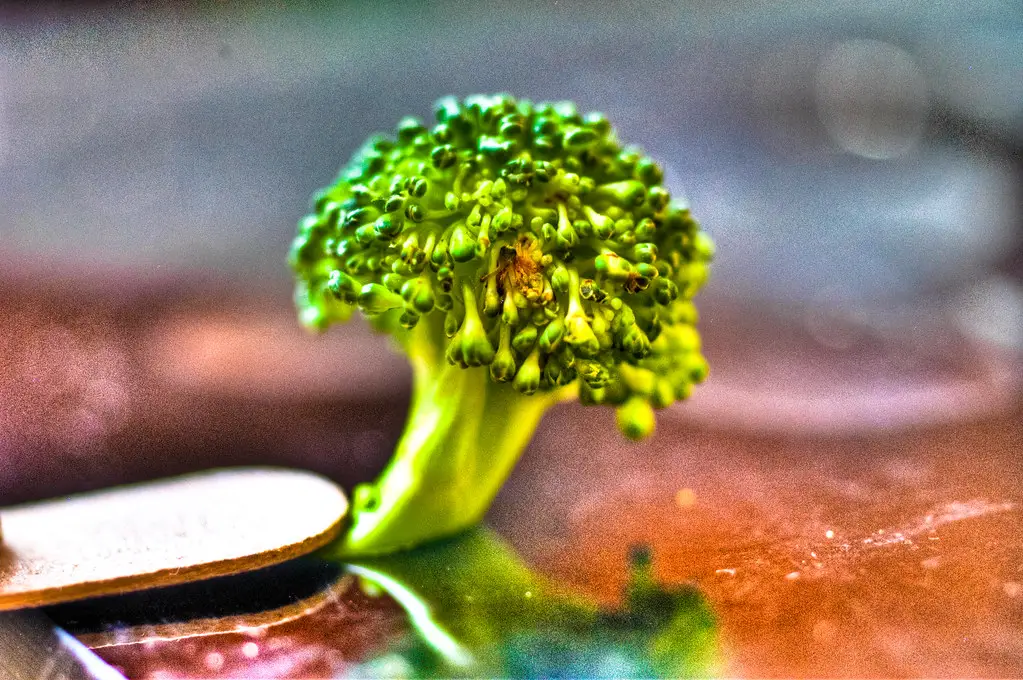
Understanding Focus Stacking
At its core, focus stacking is a post-processing method that combines several images taken at varying focal distances. The technique targets a common problem in macro and micro photography: the extremely shallow depth of field when shooting up close. When the camera aperture is wide open to allow for sufficient lighting, only a razor-thin sliver of the subject is in sharp focus, leaving much of it blurred. Focus stacking eradicates this limitation, letting you capture sharpness throughout the entire subject by digitally blending differently focused shots.
Definition and Purpose in Photography
Focus stacking, also known as focal plane merging or focus blending, is a boon for photographers aiming to magnify and capture intricate details in small objects. The method is not native to a camera’s onboard settings but is instead a process applied through specialized software after the photo session is complete. It’s a valuable tool for enhancing the clarity of watch mechanisms, revealing the textures of a butterfly’s wings, or displaying the subtle stamen of a flower in full focus.
Benefits of Focus Stacking in Capturing Details
The benefits of focus stacking are myriad. It translates to unrivaled focus uniformity. The technique aids in isolating and highlighting details that might otherwise be lost, particularly with subjects that are of varied textures, grainless or neutrally colored, which can make even slight deviations in focus noticeable.
How to Implement Focus Stacking
Now, you’re probably wondering how to start focus stacking in your own micro photography. The process can be broken down into a set of clear steps to ensure you capture all the necessary shots to produce a stunningly sharp composite at the end.
Setting Up the Camera and Software
Begin by securing your camera on a tripod. Make sure to switch to manual focus mode to prevent your camera from attempting to refocus between shots. Adjust the magnification and distance to your subject to your liking. Then, start shooting, adjusting the focus slightly for each exposure to cover the entirety of your subject’s depth. Remember that the more shots you take for the focus stack, the smoother the blend transition will be.
When it comes to software, there are several popular choices such as Adobe Photoshop and specialized focus stacking software like Helicon Focus. Load your shots into the software and follow the automated process to stack and blend the images. Be patient; this step may require considerable processing power and time, especially for a larger number of input images.
Tips for Achieving Optimal Results
Consistency is key. Try to maintain the same aperture and exposure settings throughout the focus stacking process. Uneven lighting or substantial changes in exposure can make it more difficult for the stacking software to create a seamless image. Also, timing is crucial, especially when shooting detailed subjects like insects which may move.
To ensure best results, use a remote trigger to eliminate the small movement associated with hand-pressing the shutter release. Always shoot your sequences with care – any inadvertent shift can compromise the alignment of the final stack.
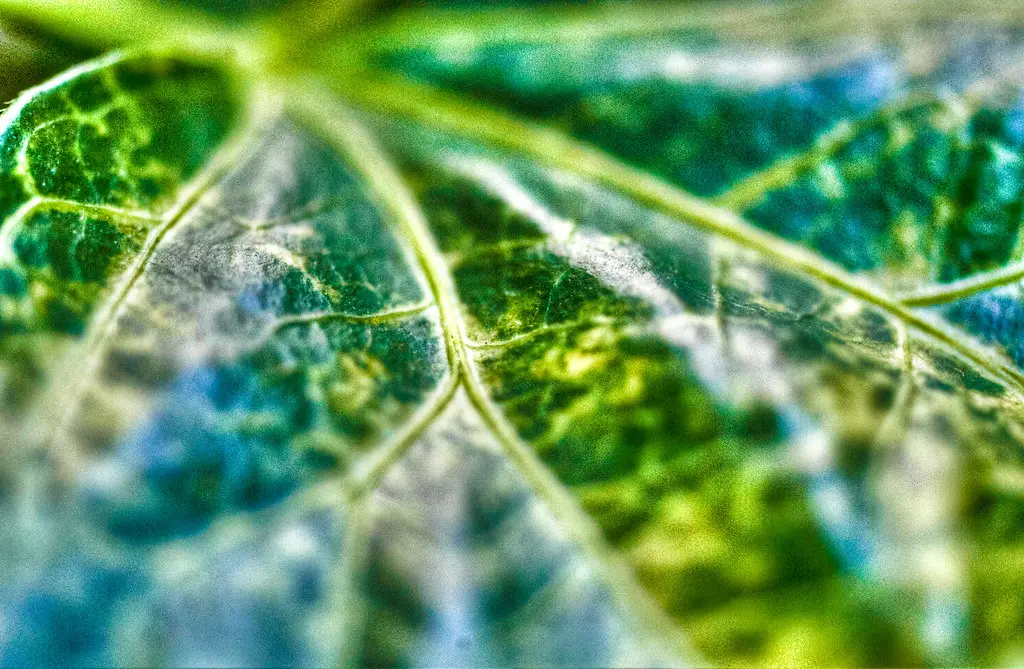
Benefits of Focus Stacking in Micro Photography
The applicability of focus stacking to micro photography cannot be overstated. The benefits extend far beyond the technical process to the very heart of the final image – richer, more detailed, and more immersive.
Enhanced Depth of Field
Focus stacking considerably enhances the depth of field in macro and micro photographs. This means that instead of having only a thin slice in focus at any given part, the entire subject will be in focus, revealing the fine details of micro worlds in all their ingenuity.
Increased Sharpness and Detail in Images
The net result of focus stacking is images that are not only sharper but also retain more detail. This can be particularly rewarding in fields like scientific and nature photography, where the objective is to document and illustrate the subtle features of a specimen.
Practical Examples and Case Studies
To further solidify your understanding, it’s instructive to look at practical examples and case studies in which focus stacking played a defining role in achieving the final image.
Showcase Before and After Focus Stacking Images
A side-by-side comparison is a powerful way to showcase the transformation that focus stacking can bring. Share not only the final merged image but also the individual shots that formed the focus stack. It provides an insight into the process and appreciation for the work involved.
Highlight Successful Focus Stacking Techniques Used by Professionals
Case studies can spotlight the work of accomplished professionals who regularly employ focus stacking in their photography. By dissecting these professional practices, you’ll glean insights into stacking methods, as well as learn industry secrets for achieving optimal results.
Conclusion
Focus stacking is a formidable ally for photographers who traverse the world of macro and micro subjects. The technique lifts the limitations of depth of field, allowing detail to take center stage in a world where precision is king. By following the guidance provided in this post, you’re well on your way to mastering a process that can transform any micro subject into a work of intricate art. It’s time to grab your camera, set up your tripod, and start stacking for photography that’s as detailed as your subjects deserve it to be.
